Home>Articles>What Height To Install A Carbon Monoxide Detector
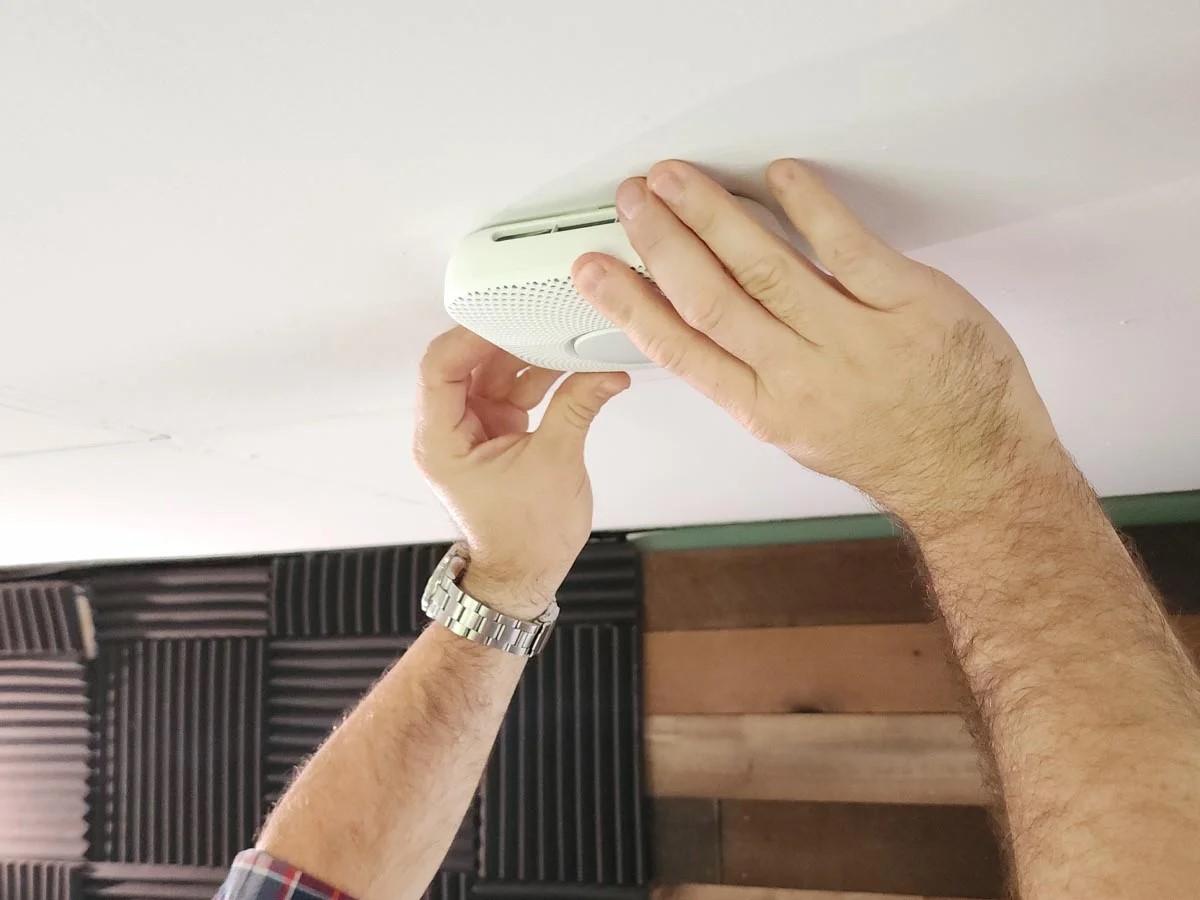

Articles
What Height To Install A Carbon Monoxide Detector
Modified: August 28, 2024
Find out the recommended height to install a carbon monoxide detector in this informative article. Ensure the safety of your home by following these guidelines.
(Many of the links in this article redirect to a specific reviewed product. Your purchase of these products through affiliate links helps to generate commission for Storables.com, at no extra cost. Learn more)
Introduction
Carbon monoxide (CO) is an odorless, tasteless, and colorless gas that can be highly toxic when inhaled. It is produced by the incomplete combustion of fuels such as gas, oil, coal, and wood, commonly found in homes. Unfortunately, carbon monoxide poisoning is a silent killer that claims the lives of hundreds of people every year. That’s why it is vital to have carbon monoxide detectors installed in our homes to protect ourselves and our loved ones from this deadly gas.
In this article, we will delve into the importance of installing a carbon monoxide detector and provide valuable information on the recommended height for installation. We will also discuss the factors to consider before locating a detector and common mistakes to avoid. By the end of this article, you will have a clear understanding of how to properly install a carbon monoxide detector in your home to ensure your safety.
Key Takeaways:
- Install carbon monoxide detectors at a height of 5 feet to effectively detect rising gas. Avoid common mistakes like incorrect placement and insufficient number of detectors for comprehensive coverage.
- Prioritize safety by regularly testing and maintaining carbon monoxide detectors. Follow manufacturer’s instructions and avoid mistakes like ignoring expiration dates and failing to replace batteries.
Read more: What Is The Best Carbon Monoxide Detector
Importance of Installing a Carbon Monoxide Detector
Carbon monoxide is often referred to as the “silent killer” because it is impossible to detect without the help of a carbon monoxide detector. This gas can be released from various household appliances, such as gas furnaces, water heaters, stoves, and fireplaces, as well as from vehicles and generators. Without a detector, you and your family could be exposed to dangerous levels of carbon monoxide without even realizing it.
The symptoms of carbon monoxide poisoning are often mistaken for the flu or other common illnesses, as they include headaches, dizziness, nausea, shortness of breath, and confusion. In severe cases, carbon monoxide poisoning can lead to loss of consciousness and even death. Therefore, it is crucial to have a carbon monoxide detector installed in your home to provide an early warning sign if carbon monoxide levels are elevated.
Installing a carbon monoxide detector can give you peace of mind knowing that you will be alerted if there is a potential carbon monoxide leak in your home. This early warning allows you to take immediate action, such as opening windows, shutting off fuel-burning appliances, and evacuating the premises if necessary. By detecting the presence of carbon monoxide early on, you can prevent serious illness, injury, or even death.
It is especially important to have carbon monoxide detectors in areas where you and your family spend a significant amount of time, such as bedrooms and living rooms. Additionally, if you have multiple levels in your home, it is recommended to install detectors on each level to ensure comprehensive coverage.
Remember, carbon monoxide is a gas that can affect anyone, regardless of age or health condition. Installing carbon monoxide detectors in your home is a simple and effective way to protect yourself and your loved ones from the potential dangers of carbon monoxide poisoning.
Factors to Consider Before Installing
Before installing a carbon monoxide detector in your home, there are a few factors that you should take into consideration to ensure its effectiveness and proper functioning:
- Location: Choose an appropriate location for your carbon monoxide detector. The ideal placement is in the same room as the fuel-burning appliance, such as near the furnace or water heater. If that is not possible, place the detector within 10 feet of the appliance. Additionally, consider installing detectors near sleeping areas to provide early warning while you are asleep.
- Height: The height at which you install your carbon monoxide detector is crucial for its accuracy and efficiency. The detector should be positioned at a height where it can easily detect carbon monoxide gas in the air. Avoid installing the detector near the ceiling, as carbon monoxide is lighter than air and tends to rise. Instead, place the detector at a height of about 5 feet from the ground.
- Interference: Keep in mind that certain household appliances, such as fans, heaters, and air purifiers, can create air currents that may affect the proper operation of the carbon monoxide detector. Avoid installing the detector near these sources of airflow to prevent false alarms or inaccurate readings.
- Manufacturer’s Instructions: Always refer to the manufacturer’s instructions for specific guidelines on installation and placement. Different models and brands may have slight variations in recommendations, so it is important to follow the instructions provided with your specific detector.
- Testing and Maintenance: Regularly test your carbon monoxide detector to ensure it is functioning correctly. Most detectors have a test button that you can press to initiate a test. Additionally, remember to replace the batteries in your detectors at least once a year, or according to the manufacturer’s recommendations. It is also a good idea to replace the entire unit every 5 to 7 years to ensure reliable performance.
By considering these factors, you can ensure that your carbon monoxide detector is installed in the optimal location and height to effectively detect any potential carbon monoxide leaks in your home. Your safety and the safety of your family should always be a top priority.
Install carbon monoxide detectors at knee height to ensure they can be easily heard and seen. Avoid placing them near windows, doors, or vents.
Recommended Height for Carbon Monoxide Detector Installation
The height at which you install your carbon monoxide detector is crucial for its proper functioning and accuracy in detecting the presence of carbon monoxide gas. The general guideline is to position the detector at a height of approximately 5 feet from the ground. Here’s why:
Carbon monoxide is a gas that is slightly lighter than air. When it is released into a room, it tends to rise and disperse throughout the space. By placing the detector at a height of about 5 feet, you ensure that it is in the path of the rising gas, allowing it to detect the presence of carbon monoxide more effectively.
Installing the detector too high, near the ceiling, may not provide accurate readings, as the gas may have already dissipated before reaching the detector. On the other hand, installing the detector too low, near the floor, can be ineffective because carbon monoxide may accumulate in higher areas first due to its slightly lighter nature.
Another important consideration when determining the height for your carbon monoxide detector is to ensure that it is within easy reach for testing and maintenance. It is crucial to regularly test your detector to ensure it is functioning correctly, so placing it at a height that allows easy access for testing is essential.
Additionally, consider the location of the detector when determining the height. If you are installing the detector in a room with a fuel-burning appliance, such as a furnace or water heater, position the detector at a height where it can easily detect any potential carbon monoxide leaks from that specific appliance. Refer to the manufacturer’s instructions for specific placement guidelines.
Remember, it is important to follow the manufacturer’s instructions for your specific carbon monoxide detector model. Different models may have slight variations in placement recommendations, so consulting the provided instructions is essential.
By installing your carbon monoxide detector at the recommended height of approximately 5 feet, you can ensure that it is in the optimal position to detect the presence of carbon monoxide gas and provide you with the early warning necessary to take appropriate action and protect yourself and your loved ones from the dangers of carbon monoxide poisoning.
Common Mistakes to Avoid
When it comes to installing a carbon monoxide detector, there are some common mistakes that people often make. Avoiding these mistakes will ensure that your detector functions optimally and provides you with reliable protection:
- Incorrect placement: One of the most common mistakes is placing the carbon monoxide detector in the wrong location. Remember to install the detector at a height of approximately 5 feet from the ground and in the same room as the fuel-burning appliance, or within 10 feet of the appliance if not feasible. Avoid placing the detector near sources of airflow or at the ceiling, as this can affect its accuracy.
- Insufficient number of detectors: Installing only one carbon monoxide detector in your home is another common mistake. It is important to have multiple detectors strategically placed on each level of your home and near sleeping areas to ensure comprehensive coverage. This will provide early warning in different parts of your home, especially during nighttime when people are asleep and unaware of their surroundings.
- Expired or faulty detectors: Neglecting to replace expired or malfunctioning detectors is a mistake that can compromise your safety. Carbon monoxide detectors have a limited lifespan, typically between 5 to 7 years. Make sure to replace the entire unit within this timeframe or according to manufacturer recommendations. Additionally, test your detectors regularly to ensure they are functioning correctly.
- Failure to maintain batteries: Forgetting to replace the batteries in your carbon monoxide detectors is a common oversight. It is crucial to change the batteries at least once a year or as recommended by the manufacturer. Consider doing it during Daylight Saving Time to simplify the annual battery replacement routine.
- Ignoring manufacturer’s instructions: Many people disregard the manufacturer’s instructions that come with their specific model of carbon monoxide detector. These instructions provide valuable guidelines and recommendations on installation, placement, maintenance, and testing. Always spend some time reading and following these instructions to ensure proper operation and accurate detection.
By avoiding these common mistakes, you can ensure that your carbon monoxide detector is installed and maintained correctly, providing you and your family with reliable protection against the dangers of carbon monoxide poisoning. Remember, the safety of your home and loved ones is paramount.
Read more: What Does A Carbon Monoxide Detector Do
Conclusion
Installing a carbon monoxide detector in your home is a critical step in safeguarding the well-being of yourself and your loved ones. Carbon monoxide is a silent and deadly gas that can be released from various household appliances, posing a serious threat to your health and safety.
In this article, we discussed the importance of installing a carbon monoxide detector and how it can provide an early warning sign in the event of a carbon monoxide leak. We explored the factors to consider before installing a detector, such as the location, height, and potential interference. Additionally, we highlighted the recommended height for installation, stressing the importance of placing the detector at approximately 5 feet from the ground to effectively detect the rising gas.
Furthermore, we outlined common mistakes to avoid, including incorrect placement, insufficient number of detectors, expired or faulty detectors, failure to maintain batteries, and disregarding manufacturer’s instructions. By avoiding these mistakes, you can ensure that your carbon monoxide detectors function optimally and provide reliable protection.
Remember to regularly test your detectors, replace the batteries as needed, and replace the entire unit within the designated lifespan. By doing so, you can have peace of mind knowing that you have taken proactive measures to protect yourself and your family from the potential dangers of carbon monoxide poisoning.
Take the time to research and choose quality carbon monoxide detectors that meet safety standards and guidelines. Consult the manufacturer’s instructions for specific installation and maintenance recommendations.
Now that you have a comprehensive understanding of the importance of installing a carbon monoxide detector, the factors to consider before installation, the recommended height for placement, and the common mistakes to avoid, it’s time to take action. Protect your home and loved ones by installing carbon monoxide detectors in appropriate locations throughout your home.
By being proactive and prioritizing your safety, you can ensure a healthier and safer living environment for everyone in your household. Stay protected and stay vigilant against the silent threat of carbon monoxide.
Frequently Asked Questions about What Height To Install A Carbon Monoxide Detector
Was this page helpful?
At Storables.com, we guarantee accurate and reliable information. Our content, validated by Expert Board Contributors, is crafted following stringent Editorial Policies. We're committed to providing you with well-researched, expert-backed insights for all your informational needs.
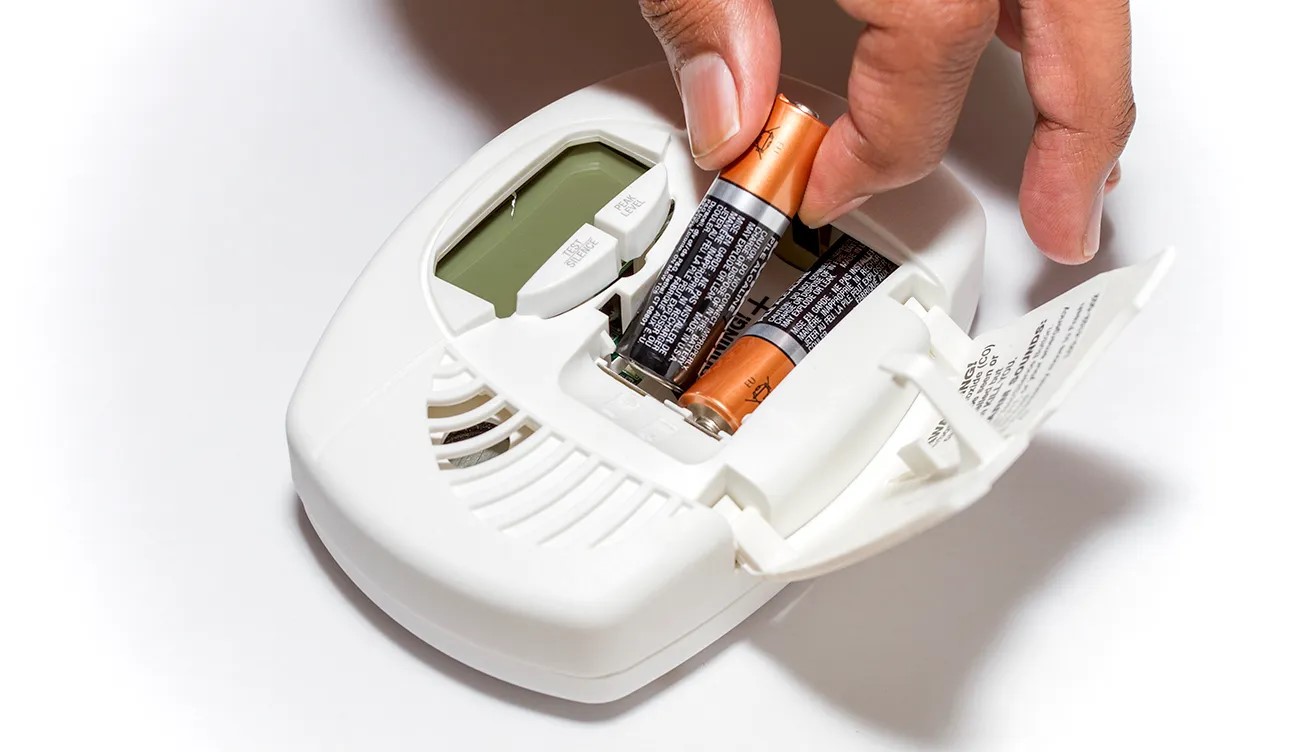
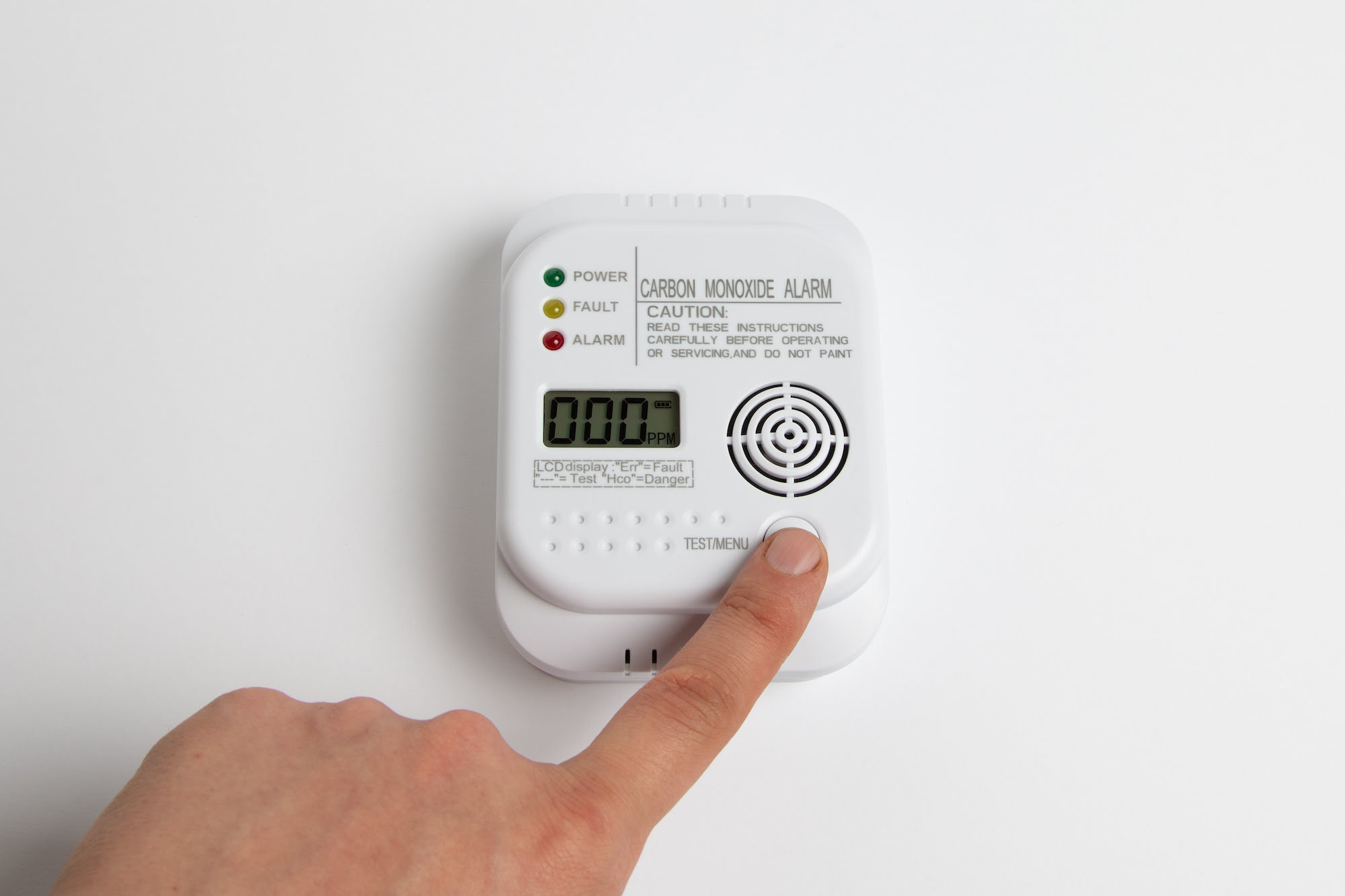
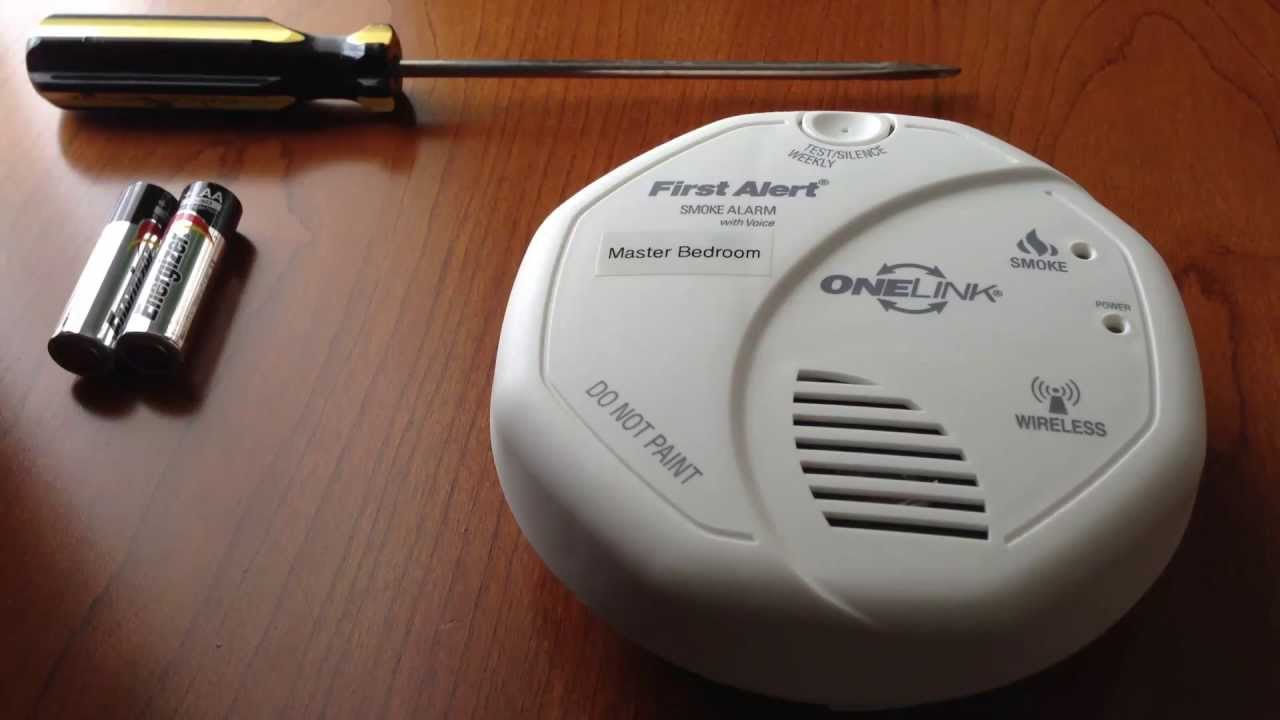
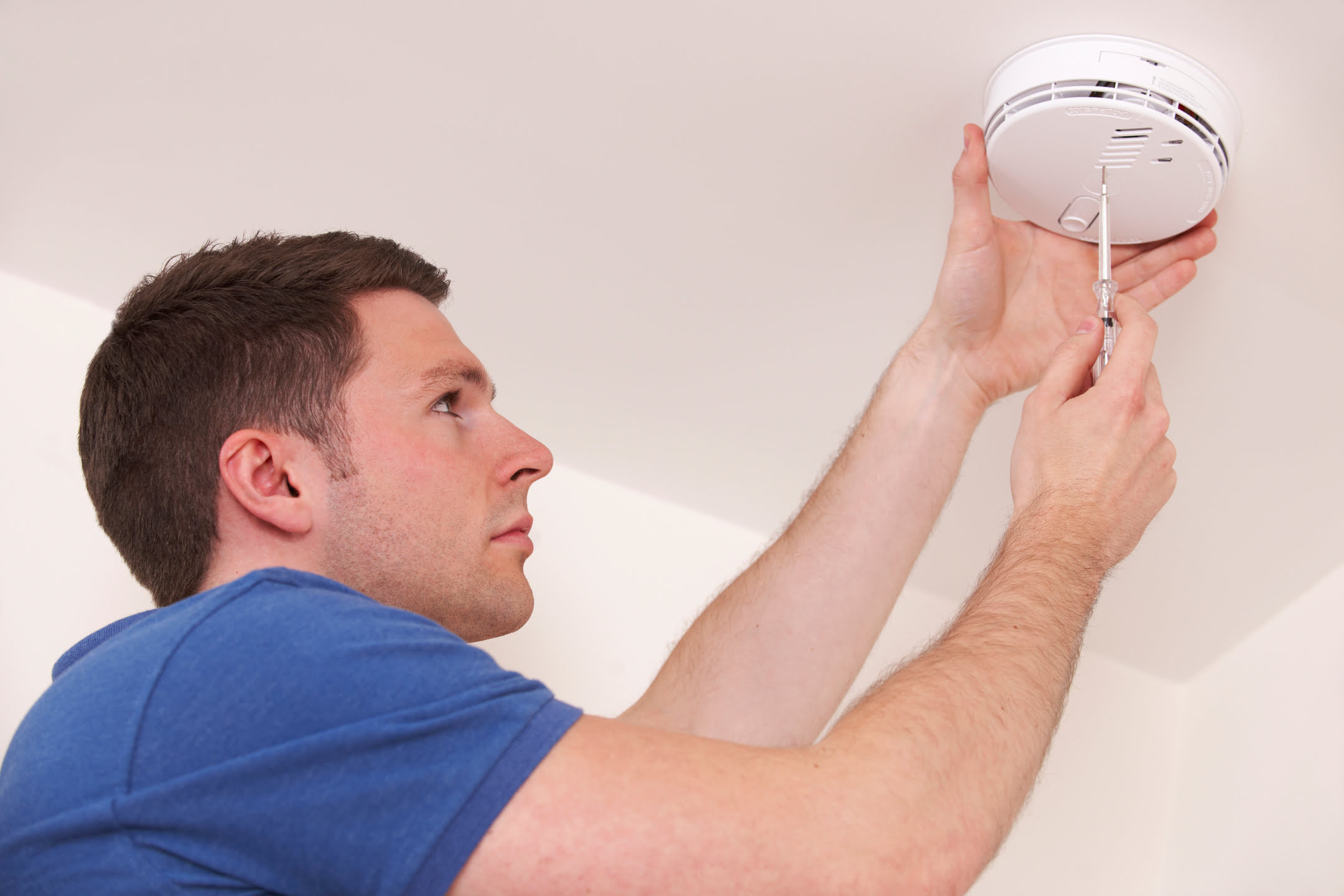
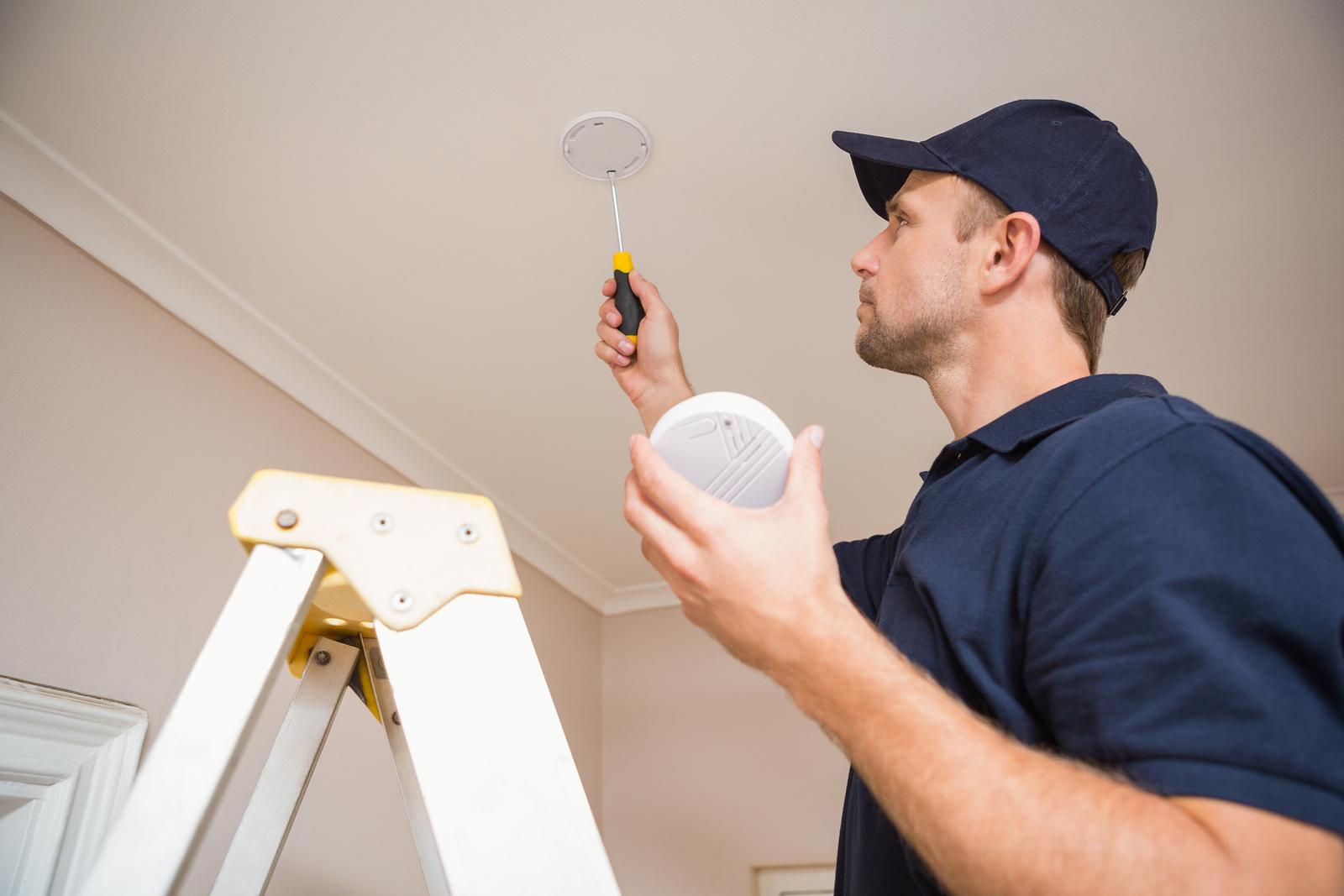
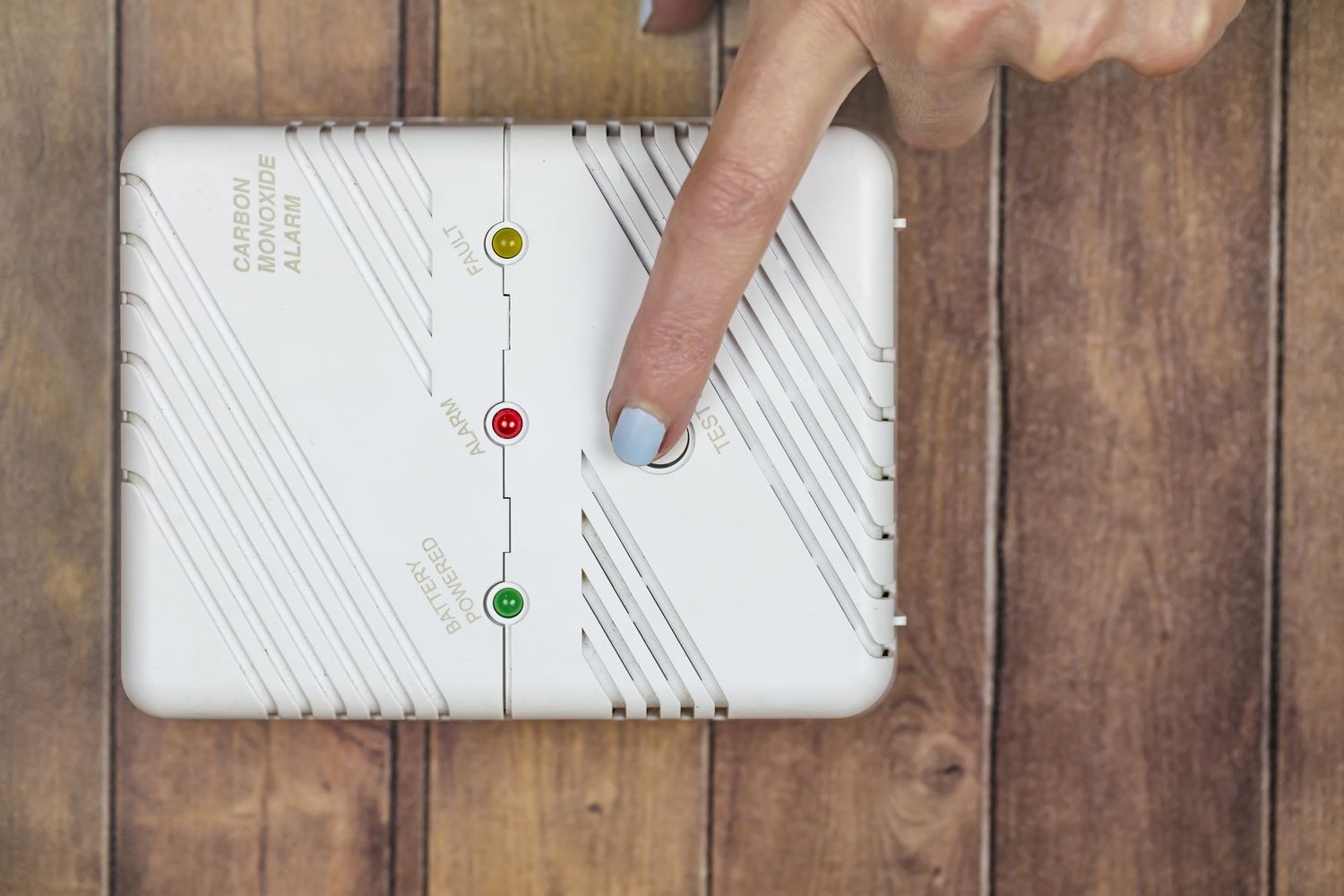
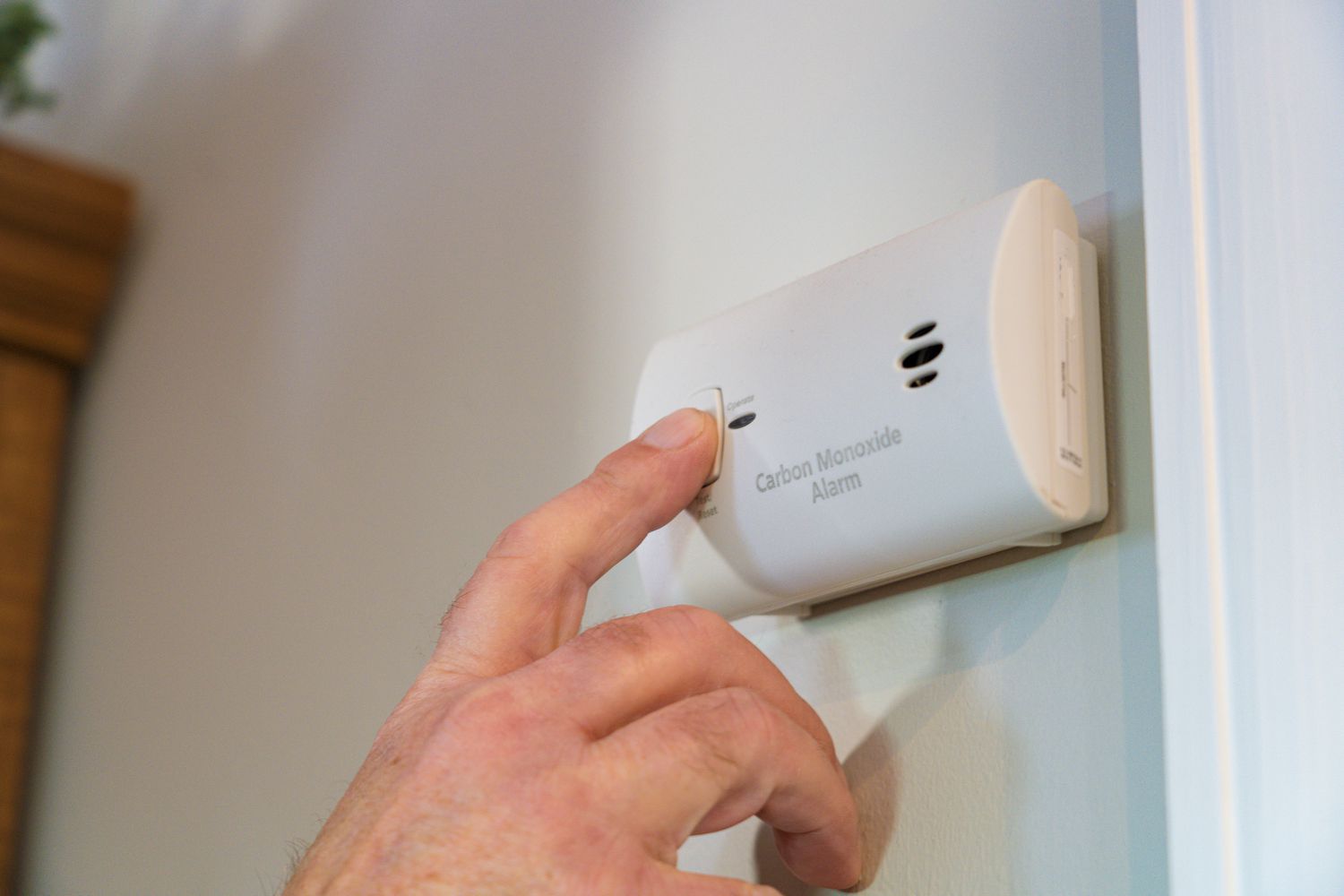
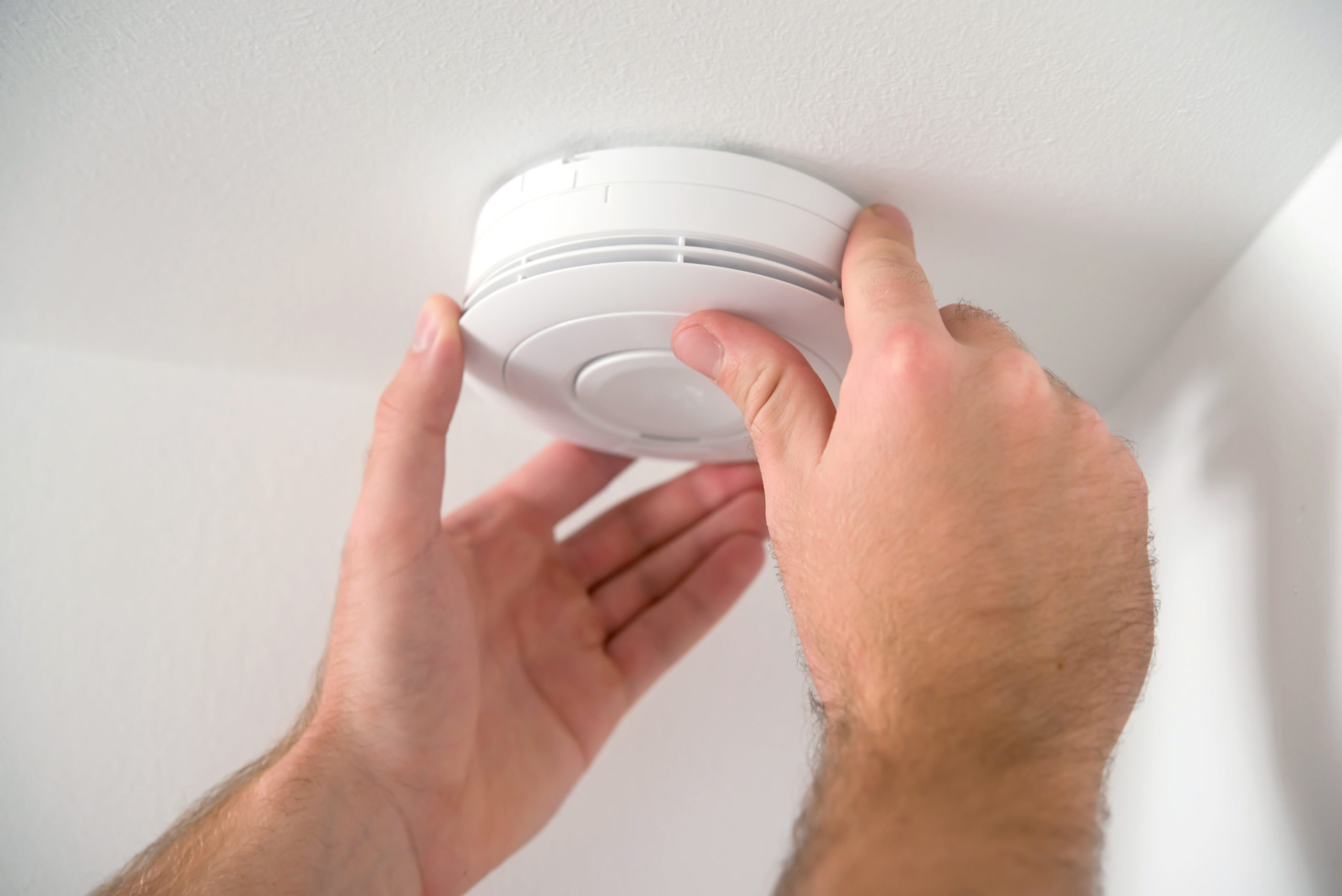
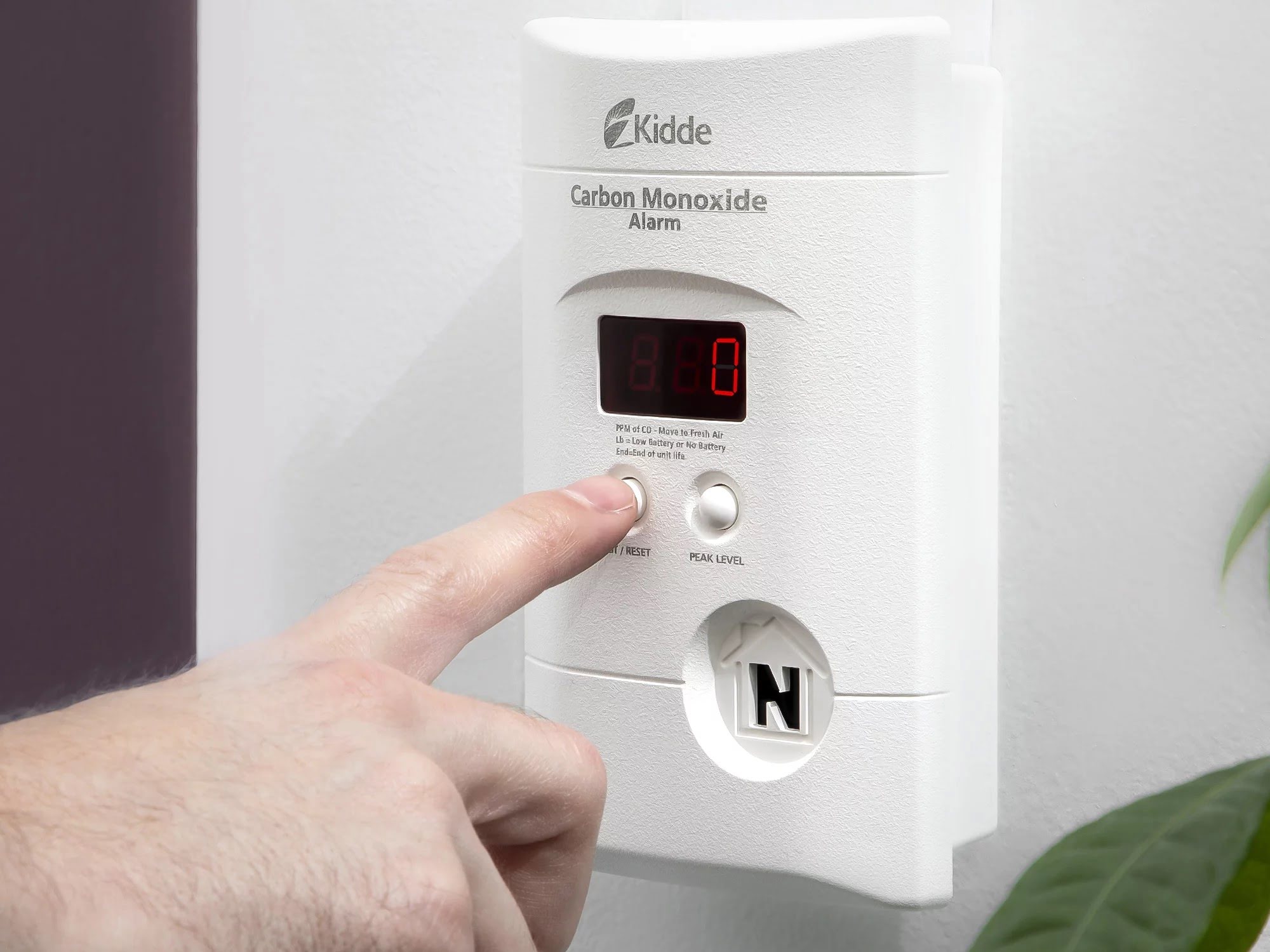
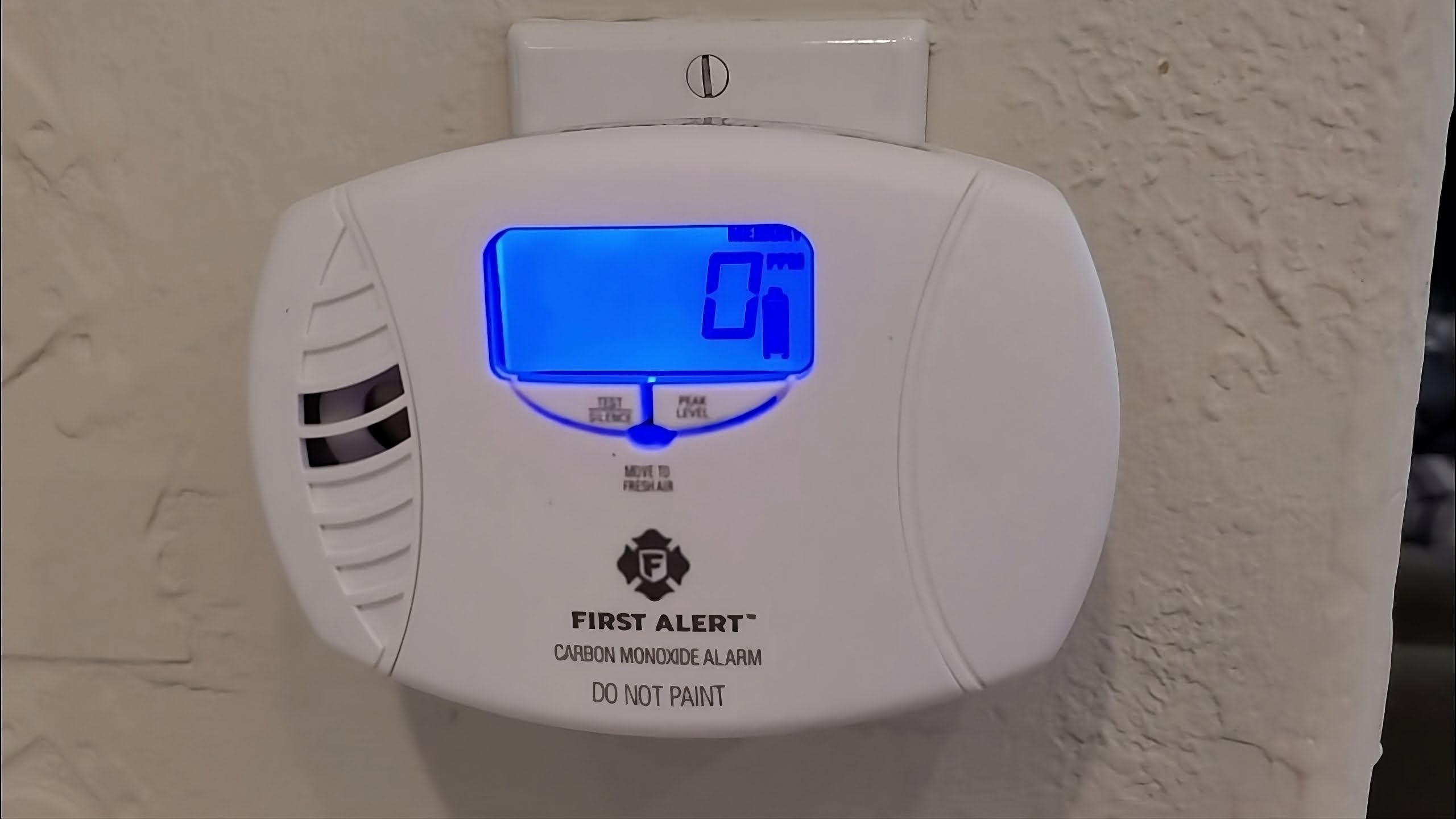
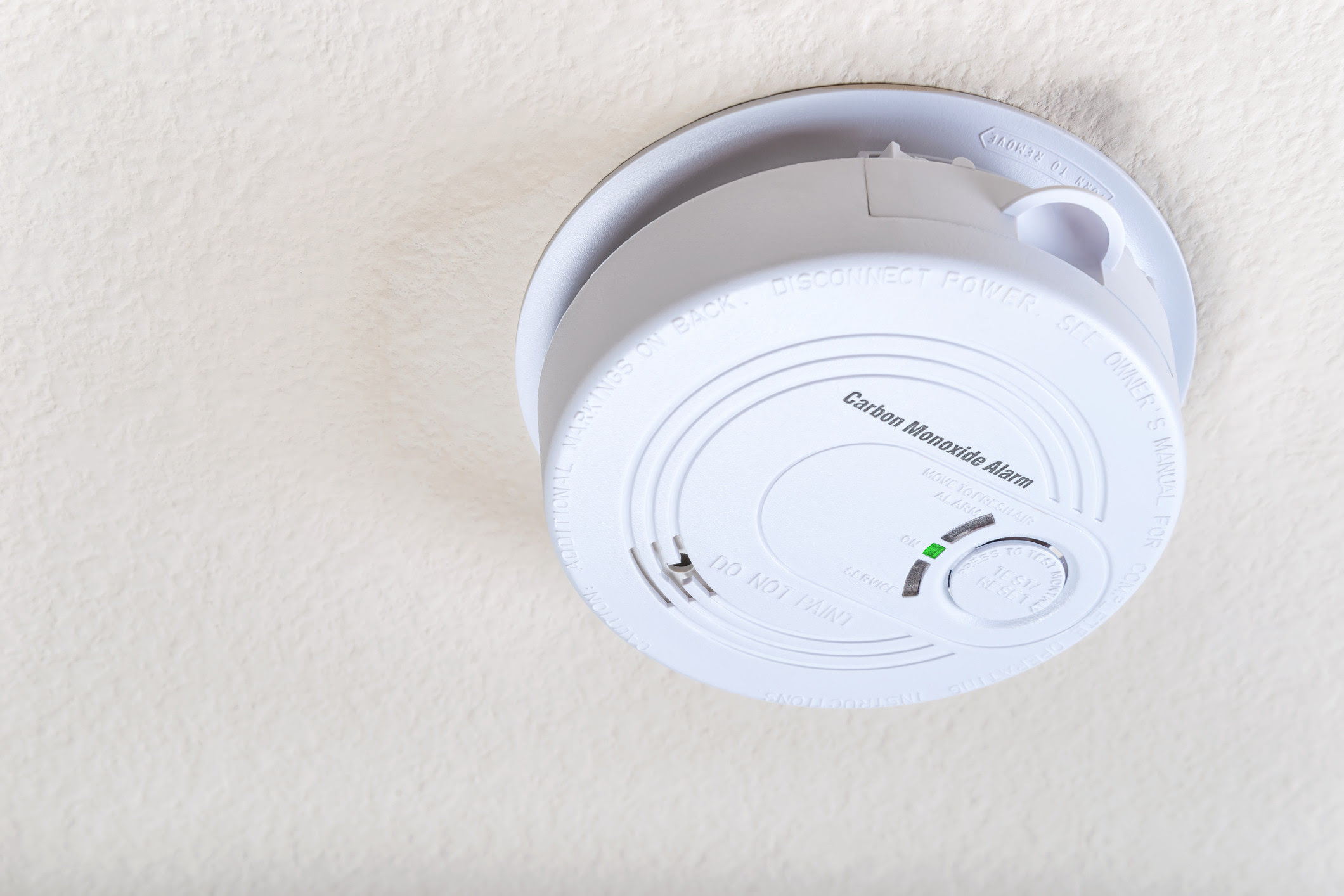
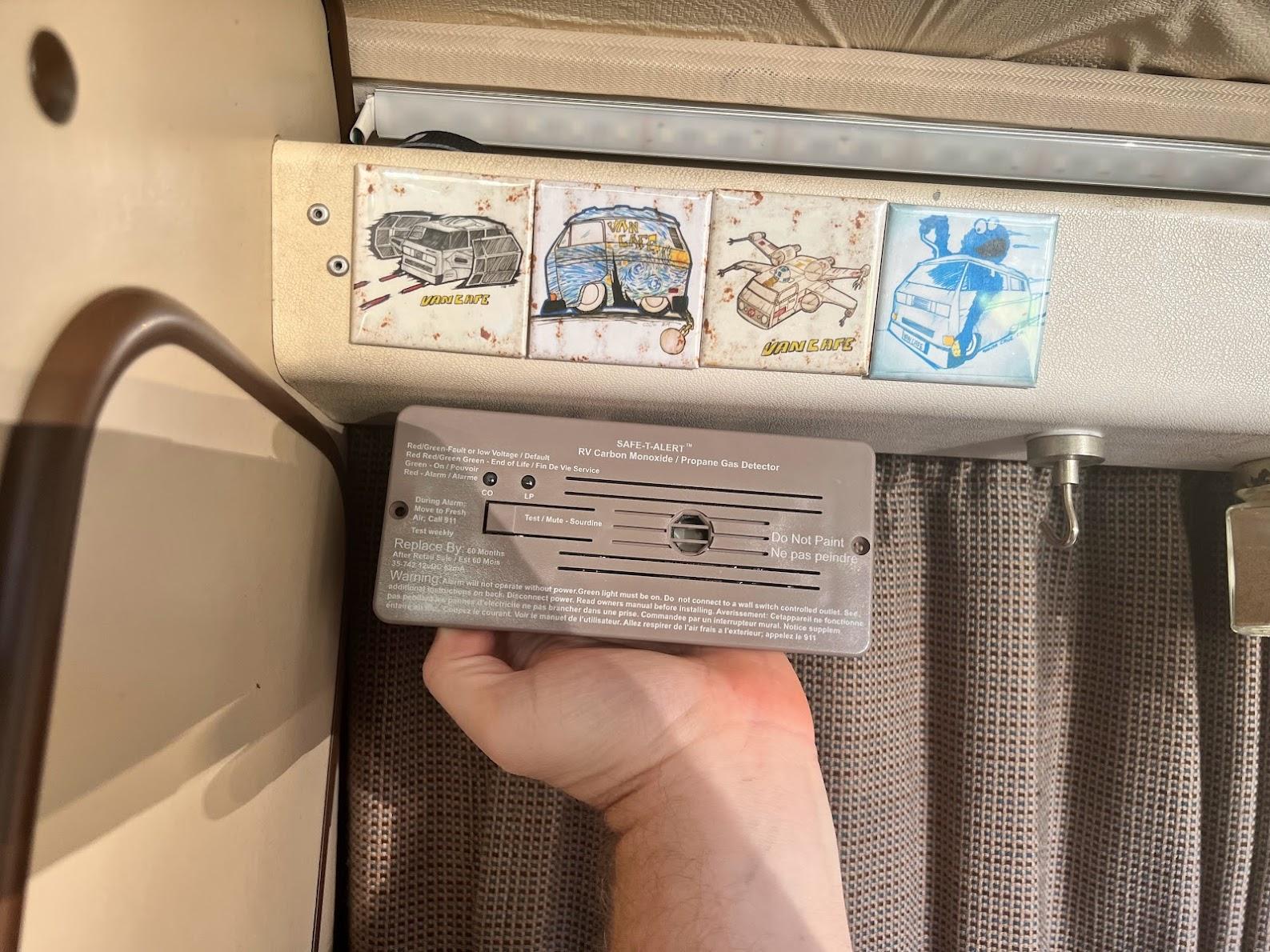
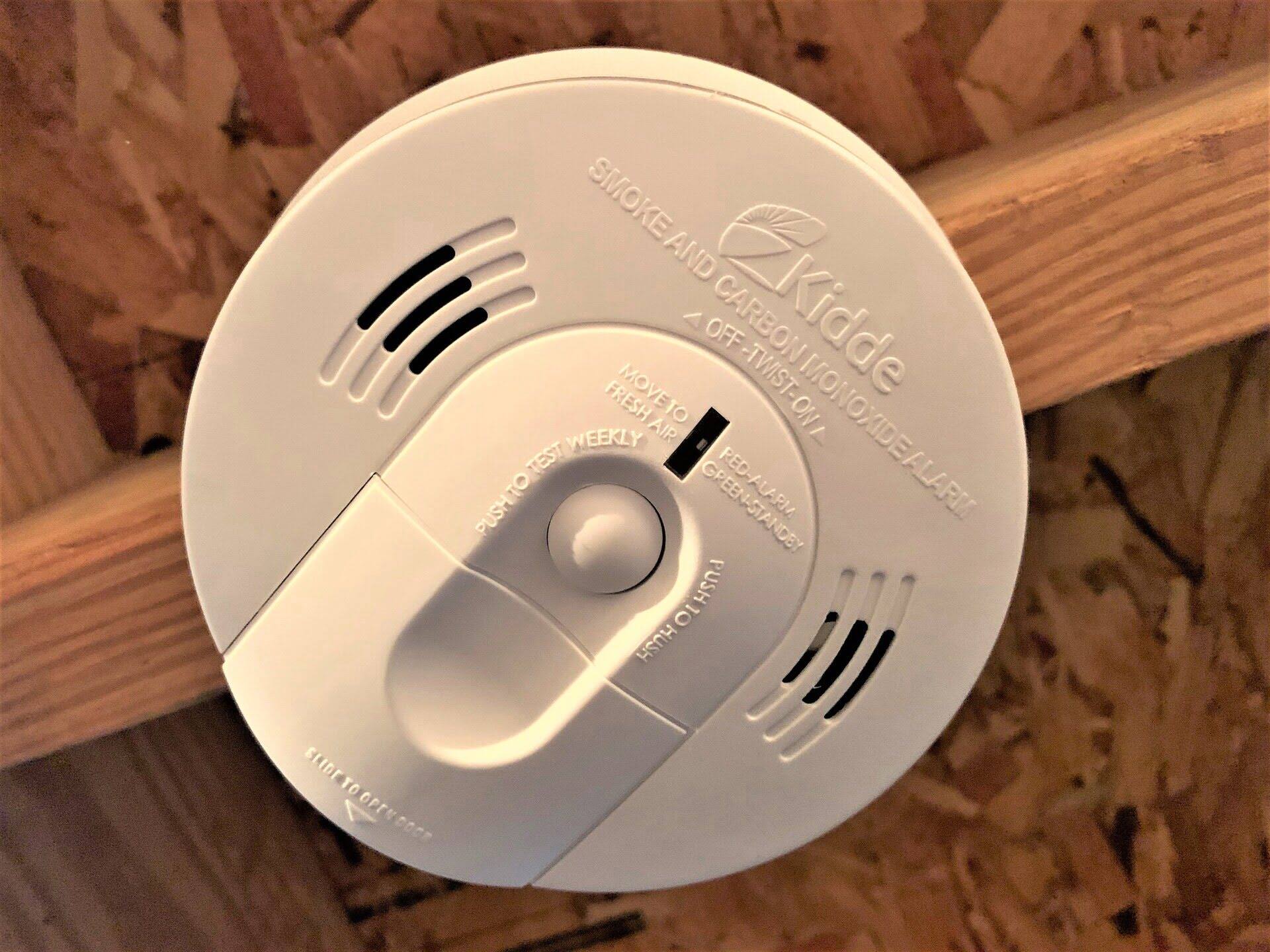
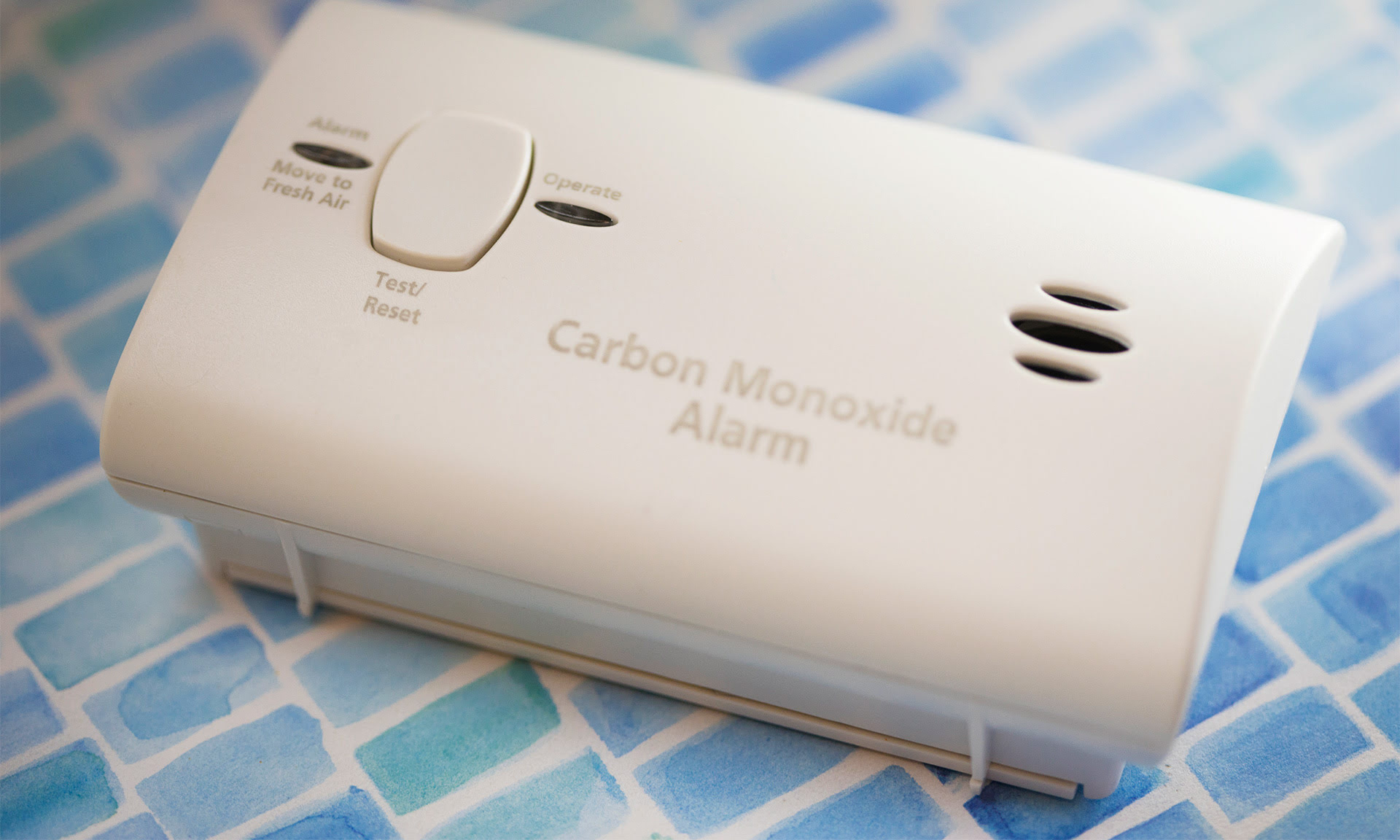

0 thoughts on “What Height To Install A Carbon Monoxide Detector”